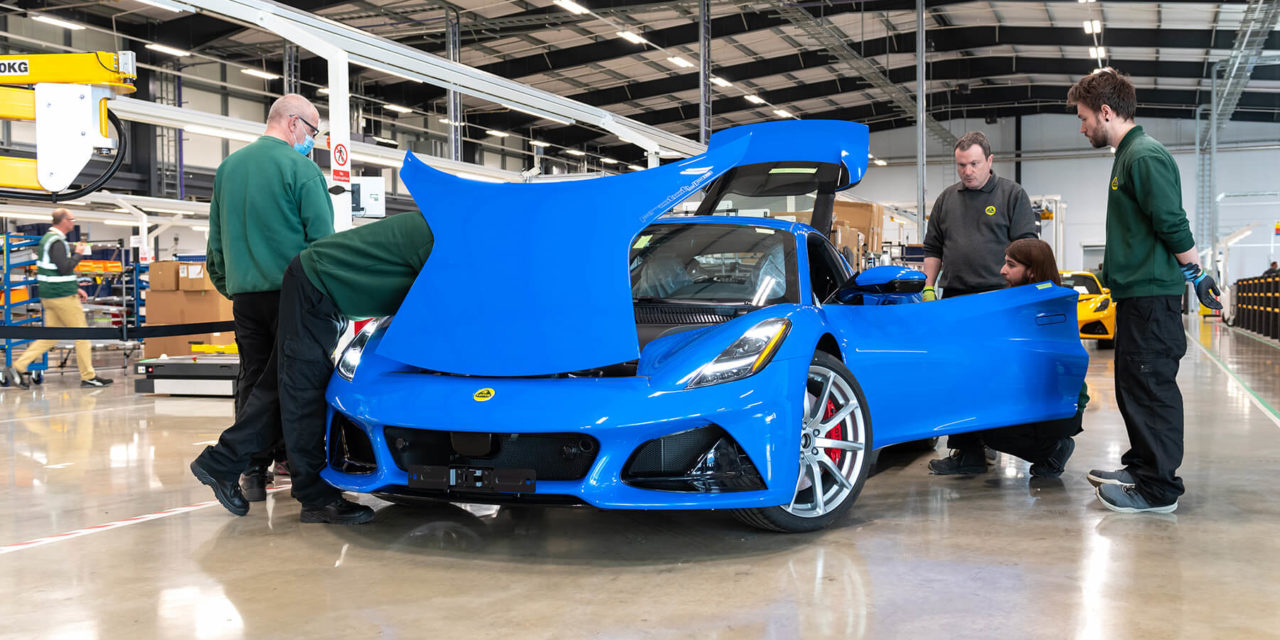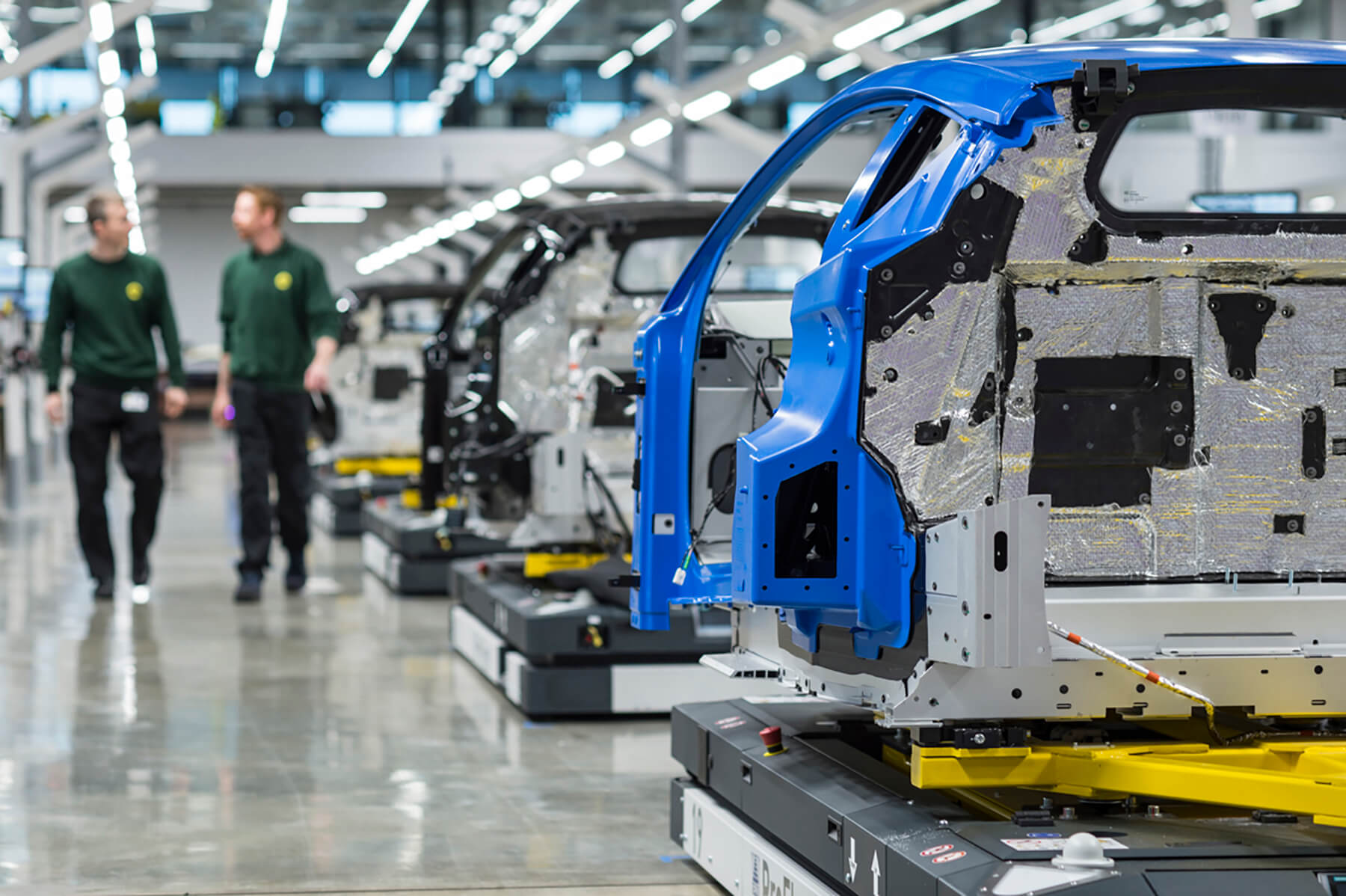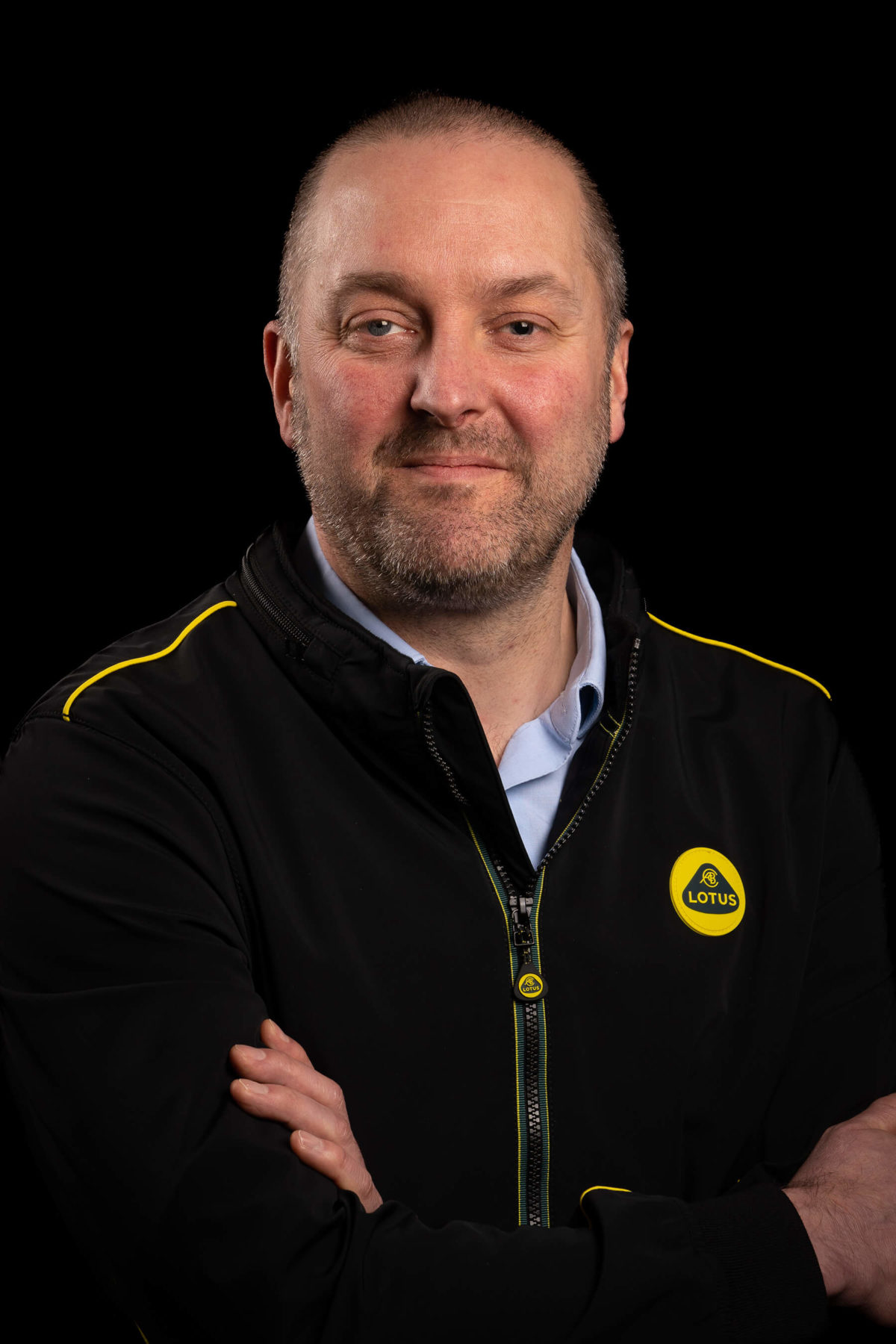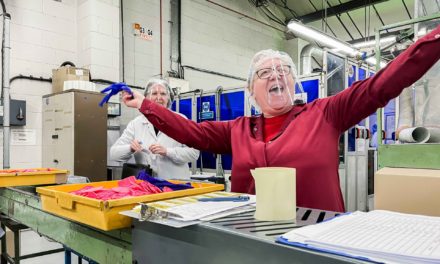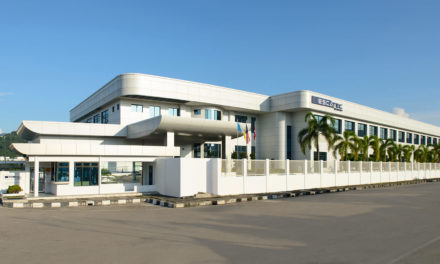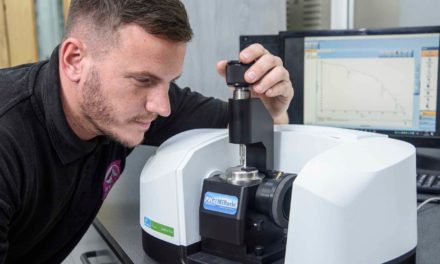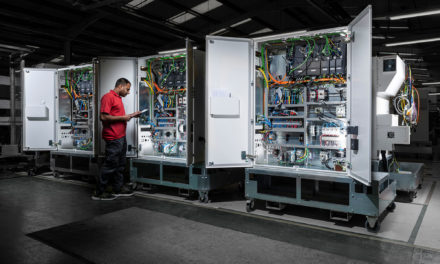Lotus
How Lotus manufactures its world-famous cars.
Q&A with Kris Elston, Executive Director, Operations, Lotus
Above: Lotus manufactures most of its sub-components for the Emira front and rear structures, fuel tank and chassis
UKMO What manufacturing system are you using for Emira production? Is it adapted from “big automotive”, like the Toyota Production System, or has it been devised by Lotus in-house?
KE We’re developing our production system in tandem with the development of the Lotus Emira, and that means we have a strong foundation to ultimately develop the system further. It’s not adapted from anyone else’s, rather it’s based on the long-standing Lotus philosophy and culture.
UKMO Could you outline or describe some of its main features? Do you practise just-in-time supply, for example? Do you use Kanban for parts replenishment, tracked assembly or other established tools?
KE We are in the process of implementing a new Material Requirement Planning (MRP) system across the whole company. This supports our just-in-time process with direct line feed. We use Kanban to manage parts and kitting to support the line build. We have also invested in new IT systems to support logistics and manufacturing, which ensures we have a standardised process and the highest quality. We’re focused on complete transparency, so every operative is encouraged to flag any issues using our ‘andon’ system.
UKMO What level of automation is in the factory? Do you have fully robotic cells, for welding for example, and do you have any ‘cobots’ – robots working alongside humans?
KE With the launch of the Emira we increased the level of automation within our manufacturing process, to ensure we can deliver the highest levels of quality, repeatability and efficiency to match our volume aspirations. The main examples are the laser cutting equipment and new machining centres at Lotus Advanced Structures (LAS) in Norwich, plus the new paint shop and body framing line at Hethel. However, the vast majority of our processes remain manual in nature, requiring highly skilled operatives, which supports our ‘Handmade in Hethel’ ethos.
UKMO Does Evija have a different production system? Is it fully hand-built, with no automation and no tracked line? Is it similar to or different from, say, the McLaren Automotive production line?
KE The Evija programme team is also based at Hethel and is located in an upgraded facility adjacent to the Emira line. It has fewer workstations than the Emira line and so, while the essential production processes remain the same, the set-up is flexible, in order to support smaller production volumes. The advantage of having this type of facility is that we can adapt it very quickly to support our needs, both on this programme and future ones.
UKMO Materials: what is interesting at Lotus? Are you still using composite panels on Emira? Can you take further weight out of the car by smart manufacturing?
KE We are still using advanced composite panels on the Emira and our focus on weight reduction remains.
UKMO Is the Evija’s electric powertrain UK sourced? If so, is that for proximity, quality control, price or other?
KE The supplier base for both the Emira and Evija is located across the UK, the EU and the rest of the world. The quality processes are similar to those used in higher volume manufacture, ensuring we have quality assured parts delivered to the right volume and on time.
UKMO Around £100m has been invested in the factory in the last four years. What components do you manufacture in-house?
KE We are located on two sites in Norfolk. LAS is our chassis, machining and fabrication facility. Lotus manufactures most of its sub-components for the Emira front and rear structures, fuel tank and the chassis. In the main Emira assembly area at Hethel, there is a relatively large proportion of sub-assembly prior to fit on the main line.
UKMO How is Lotus implementing quality control? Are you relying on established CMM and metrology or have you invested in more advanced systems, such as non-contact scanners to validate parts? Does this eliminate a separate CMM stage? And to what extent are components supplied pre-validated?
KE There is a highly experienced team managing quality within Lotus, and it’s that knowledge that is driving the quality improvements on the Emira. On the main production line we have an in-line CMM to validate the body, and dynamic validation includes every car doing a lap round the famous 2.2-mile Hethel test track. The team also has a huge focus on the quality of components coming from our suppliers.
UKMO After the disruptions of the past two years, what supply chain issues do you continue to encounter? Are semiconductors still a problem? When do you see this being rectified?
KE There are external factors affecting Lotus, although the impact has been minimal so far, compared to higher volume OEMs. Semiconductor supply will continue to be a challenge for every industry. In addition, Covid responses around the world are a risk as there is little consistency. We are in the same situation as every other manufacturer; it’s difficult to put a time scale on either of these situations.
UKMO Is ‘Handmade in Hethel’ still part of the Lotus ethos? Does ‘Made in UK’ have value today and why?
KE Lotus is entering an exciting new chapter in its history. We are ramping-up production of the Emira, the Evija is about to go into production, and we are on-track to achieve our targets for this year. There are challenges, of course, as there are in any business transformation. We have highly skilled employees right across Lotus, and I am very proud of the fact we can still use the phrase ‘Handmade in Hethel’.
“With the launch of the Emira we increased the level of automation within our manufacturing process, to ensure we can deliver the highest levels of quality, repeatability and efficiency”
Above: Kris Elston, Executive Director, Operations, Lotus
“There is a highly experienced team managing quality within Lotus”

